The pdp11/70 (sometimes called the “DEC Datasystem 570”) was introduced in March 1975, and was the big-brother to the pdp11/45. It is one of the most successful and long-lived computers ever produced. Starting life in 1970 with the pdp11 (aka pdp11/20), over 600,000 units of all versions sold, and being produced into the 1990’s, it is Digital’s (DEC’s) best selling product, and is largely considered to be the best minicomputer of all time. It was used in banking, factory data collection, education, research, telephone sWitching, insurance, government information systems, and transportation, amongst many other applications.
The pdp11/70 was a cost-effective solution to large-scale computer systems. Cheaper than the IBM products, but with a powerful and versatile processor, the pdp11/70 was used for a huge variety of tasks. Every system was custom-built to the required specifications.
This perticular systems specifications are largely unknown at this time. It is believed to be one of the later pdp11/70’s, and will likely support Dynamic RAM. The pdp11/70 was capable of supporting up to 4Mbytes of RAM.
The RM03 disk store units have a capacity of 67Mb each, and communicate with MASSBUS. They have a (speedy) 1,200kbps maximum transfer speed. Up to 8 MASSBUS drives could be connected to the system. Other interfaces could be used as required.
A TS03 magnetic tape unit is included in this system. It can hold 5Mb of data on a 600 foot 1/2″ tape reel.
Other communications include a 8-Channel asynchronous Serial interface known as a DZ11. It can operate at speed of up to 9600bps and use either RS232 or 20mA Current Loop. A simple modem could allow this unit to operate via a phone line. The h317e panel behind the TS03 unit allows for RS232 interfacing.
The KB11-C Processor is an absolute monster. It consists of around 24 large plug-in circuit boards to form the central processing unit and memory. Dispite its size, it is considered one of the most reliable processors of its time. It has 16-bit word length, 22-bit memory addressing, 2k of Cache, and supports Direct Memory Access. The main clock of the KB11-C processor runs at 33MHz. This is divided into many different sources for use around the system. Memory had a 150ns access time, but the CPU cache greatly reduces the impact of memory latencies. As there is no CPU chip in the system, every part of the processor must be synchronised across several boards. This essentially limits the maximum speed of the system due to external noise and capacitance on the longer signal paths. In 1976 a new Floating Point FP11-C option was available. This was twice as fast as the FP11-B.
The pdp11/70 was originally built to be a stop-gap measure, with 1,000 machines being ordered before the new design was completed. It proved so popular that over 10,000 pdp11/70’s were built.
The pdp11/70 did not have a monitor and keyboard. Instead a VT50 Terminal (seen in the top right of the photos) was used to communicate with the IAM (Interactive Application System) operating system. A DEC Writer would also be used as a teletype to communicate.
In January 1977 the 1,000th pdp11/70 was delivered. The system we have has done 64,831 hours work.
| Year | 1981 |
| Make & Model | Digital pdp11/70 |
| Generation | 3rd |
| CPU | KB11-C |
| Speed | 33MHz main clock |
| RAM & ROM | unknown |
| Power | It uses 3-Phase power |
| Exhibit No. | 1325 |
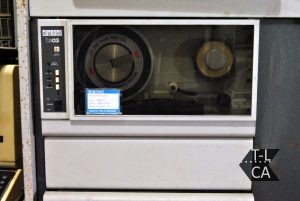
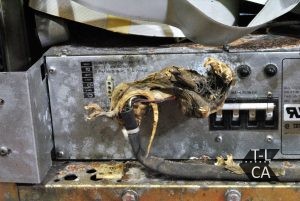
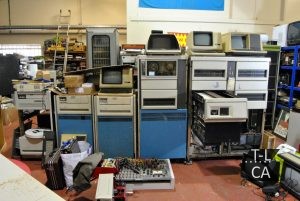
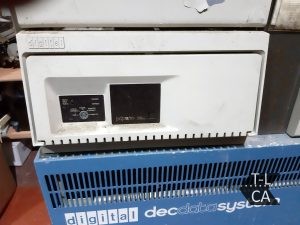
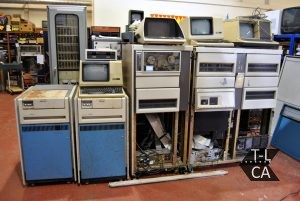
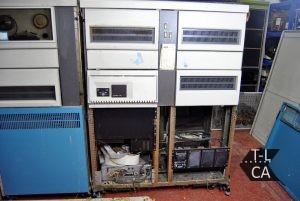
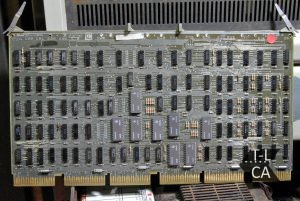
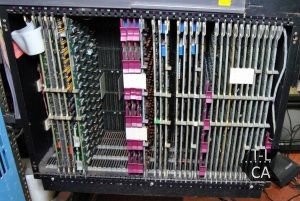
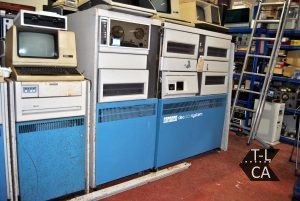
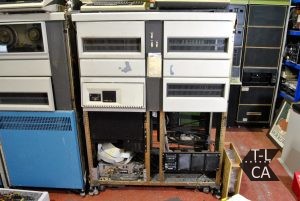
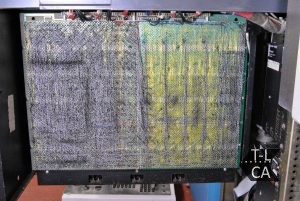
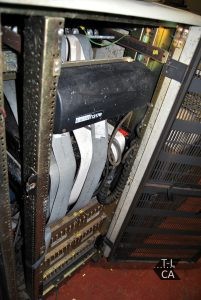
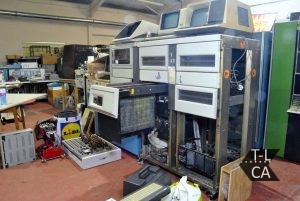
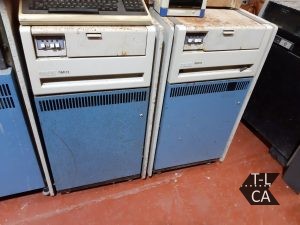
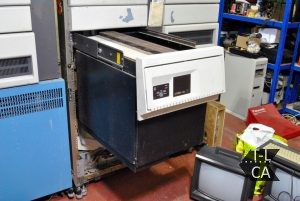
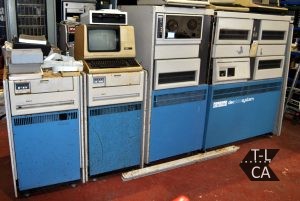
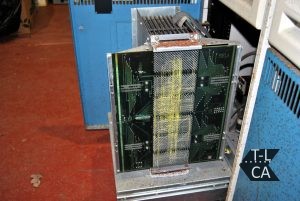
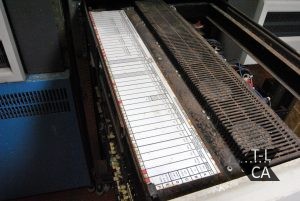
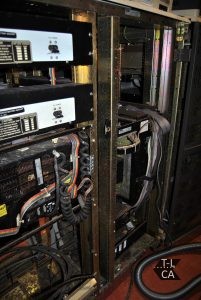
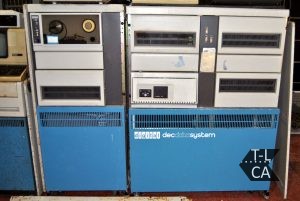
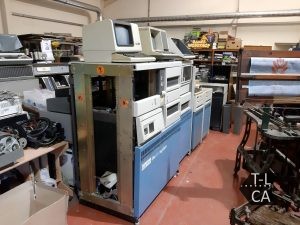
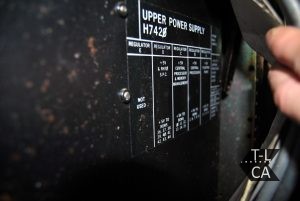
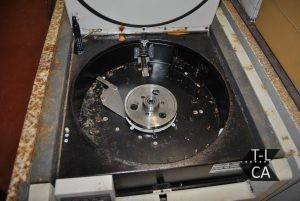
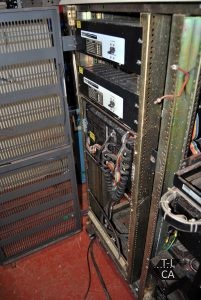
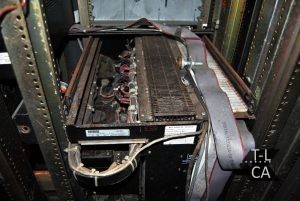
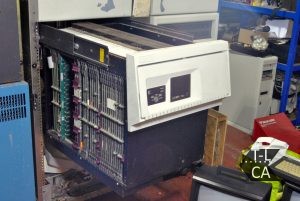
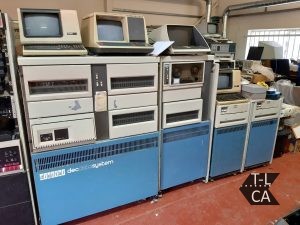
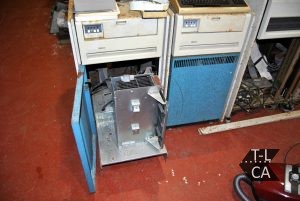
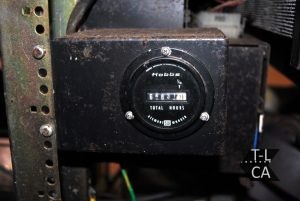
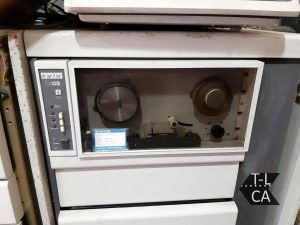
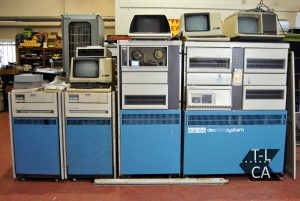
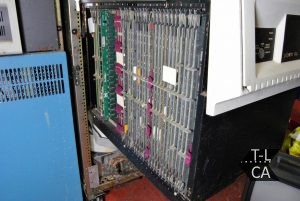
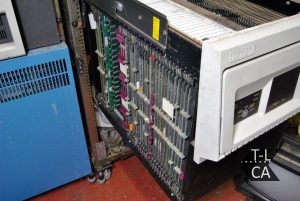
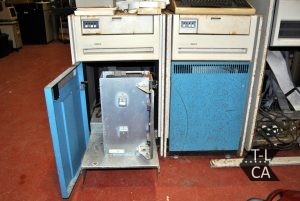
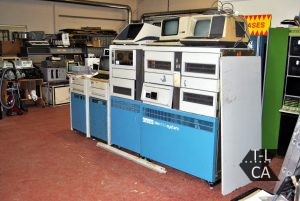
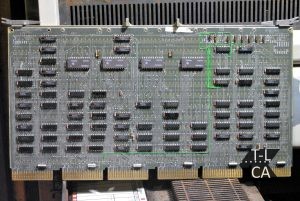
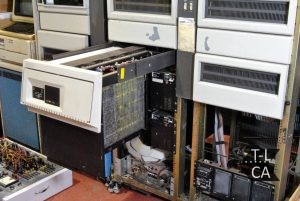
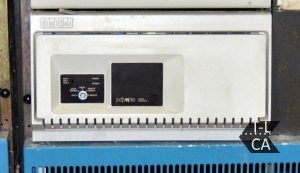
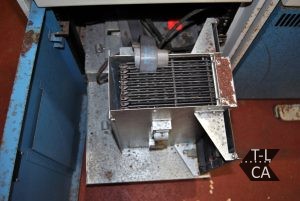
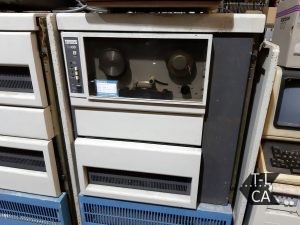
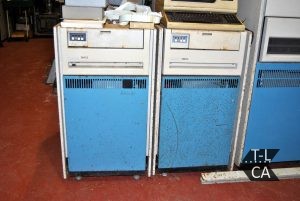
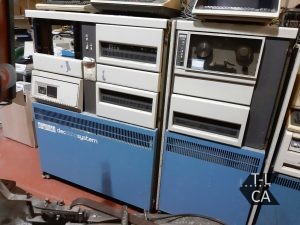
0 Comments